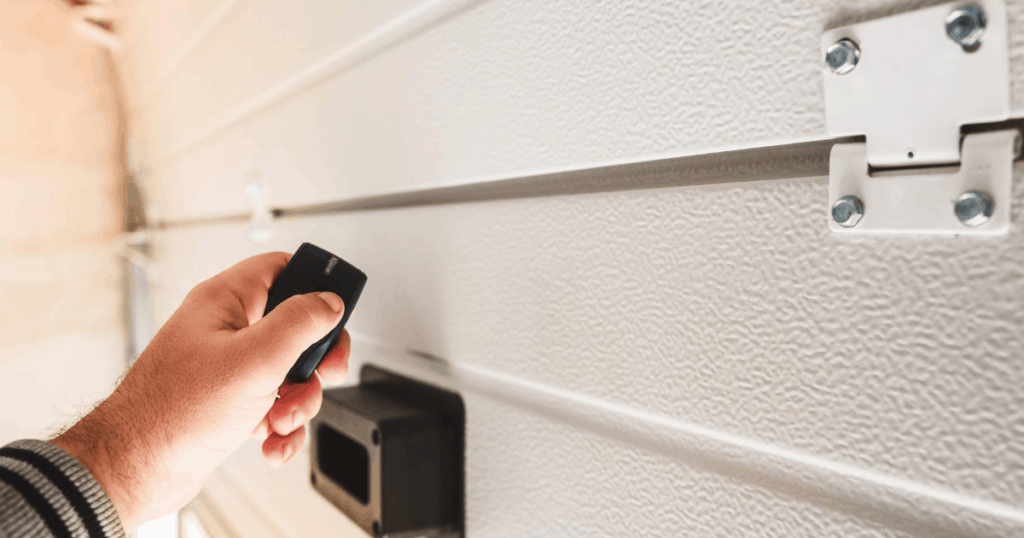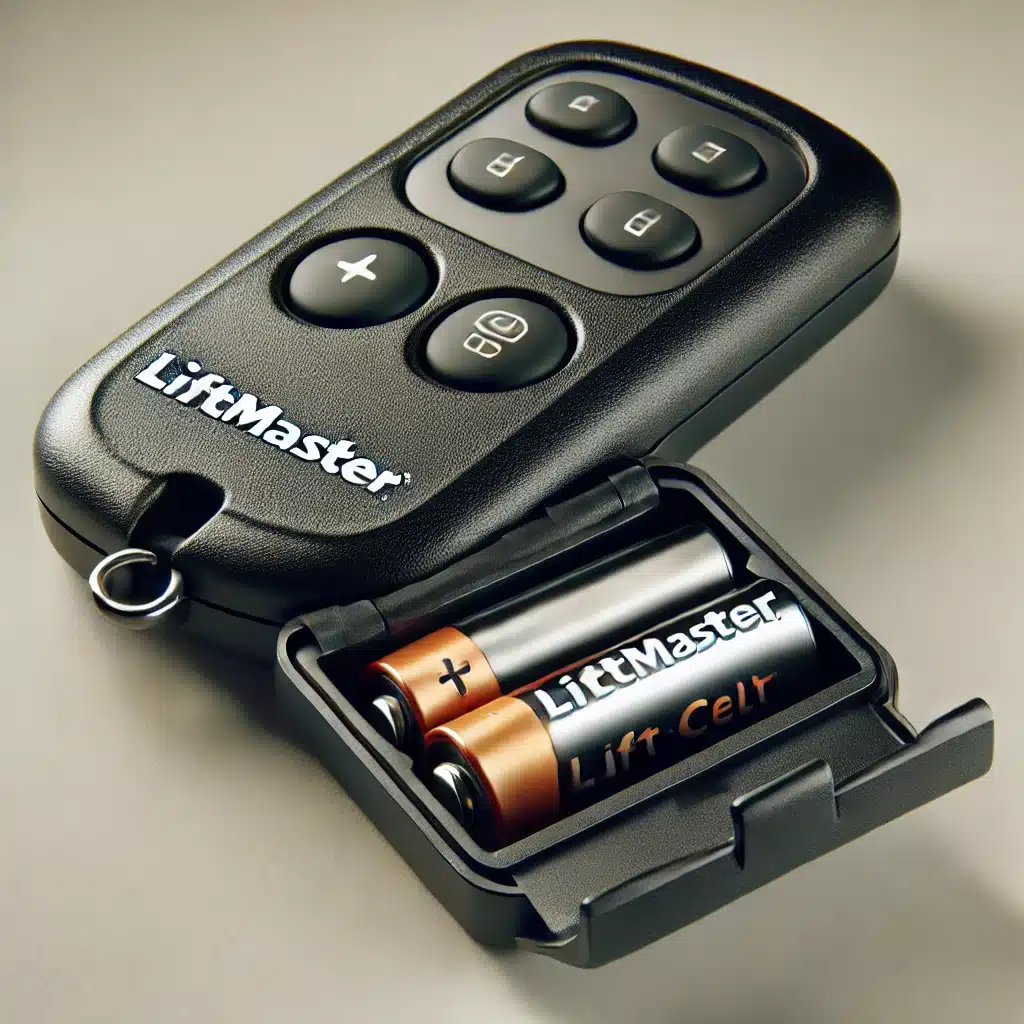As a garage door technician with over a decade of experience, I've encountered countless homeowners frustrated by unresponsive garage door remotes. Just last week, I helped Mrs. Johnson, a longtime client, who was convinced her entire opener system needed replacement. The culprit? A simple battery issue. This common scenario illustrates how understanding basic troubleshooting can save both time and money.

Understanding Remote Issues
The relationship between your garage door remote and opener is surprisingly complex. Think of it as a conversation between two devices – when that conversation gets interrupted or garbled, problems arise. Most issues stem from four primary sources: power problems, signal disruption, programming glitches, or environmental factors.
Battery Basics: The Foundation of Remote Function
Dead or weak batteries account for roughly 70% of remote issues I encounter. During a recent service call, I discovered that a client had been struggling with their remote for weeks, pressing the button multiple times to get a response. After a simple battery replacement, the remote worked flawlessly. Most garage door remote batteries last about two years before requiring replacement, though this can vary based on usage patterns and environmental conditions.

Signal Interference: The Hidden Culprit
Modern homes are filled with devices that can interfere with your garage door remote's signal. During troubleshooting sessions, I've found that seemingly innocent household items like LED light bulbs or Wi-Fi routers can create surprising interference. Recently, I solved a persistent remote issue by simply replacing a newly installed LED bulb near the garage door opener.

Environmental Impact and Signal Strength
Weather conditions play a more significant role than most people realize. During Minnesota winters, I've seen how cold temperatures can significantly reduce battery performance and signal strength. Proper storage of your remote becomes crucial – keeping it at room temperature rather than leaving it in your car can extend its functional life considerably.
The Troubleshooting Process
When addressing remote issues, I always start with the basics:
First, verify you're within proper range of the opener (typically 20 feet) and ensure the lock button on your wall-mounted control isn't engaged. Check for any obvious physical damage to the remote. If these check out, move on to battery replacement.
For battery replacement:
- Open the battery compartment carefully, remove old batteries, and insert fresh ones of the correct type.
- Always test the remote immediately after replacement to confirm proper function.
If problems persist after battery replacement, investigate potential signal interference. Start by unplugging nearby electronic devices one at a time to identify possible interference sources. Pay special attention to LED lights and other electronic equipment near your opener.
Reprogramming: When All Else Fails
Sometimes, remotes need reprogramming to restore their connection with the opener. The process is straightforward but precise. Locate the "Learn" button on your garage door opener (usually behind the light cover), press and hold until the opener's light blinks, then press your remote button within 30 seconds. Wait for confirmation – typically a click or flash – and test the remote.
Preventive Maintenance
Through years of service calls, I've learned that prevention is far better than cure. Implement these maintenance practices:
- Schedule regular battery checks every 18-24 months.
- Store your remote in a temperature-controlled environment, avoiding extreme heat or cold.
- Perform monthly functionality tests and keep safety sensors clean and properly aligned.
When to Call a Professional
While many remote issues can be resolved through DIY troubleshooting, certain situations warrant professional intervention. If you've tried the steps above without success, or if you notice electrical issues or mechanical problems, it's time to contact a qualified technician.
Modern Solutions and Security
Today's garage door systems offer advanced features like smartphone control and built-in diagnostics. While these modern conveniences can enhance functionality, they don't eliminate the need for basic maintenance and troubleshooting knowledge.
Remember, your garage door remote is more than just a convenience – it's a crucial component of your home's security system. Regular maintenance and prompt attention to issues ensure both reliability and safety. By following these guidelines, you can maintain proper function and avoid unnecessary service calls, just like Mrs. Johnson did after learning these simple troubleshooting steps.

